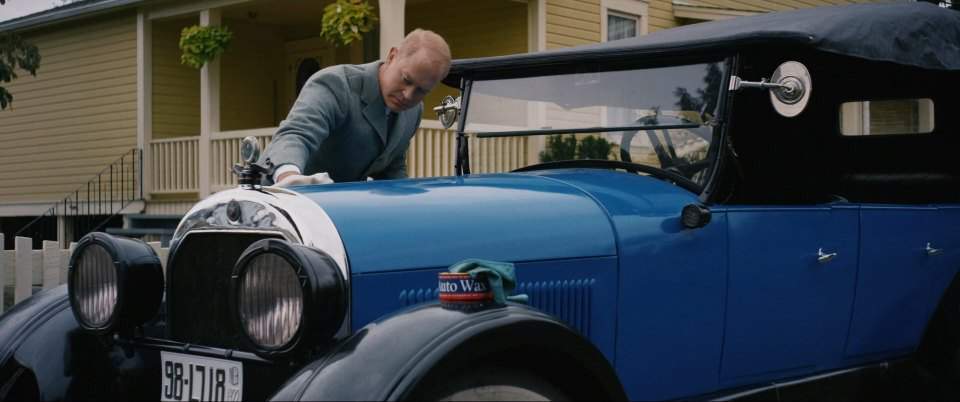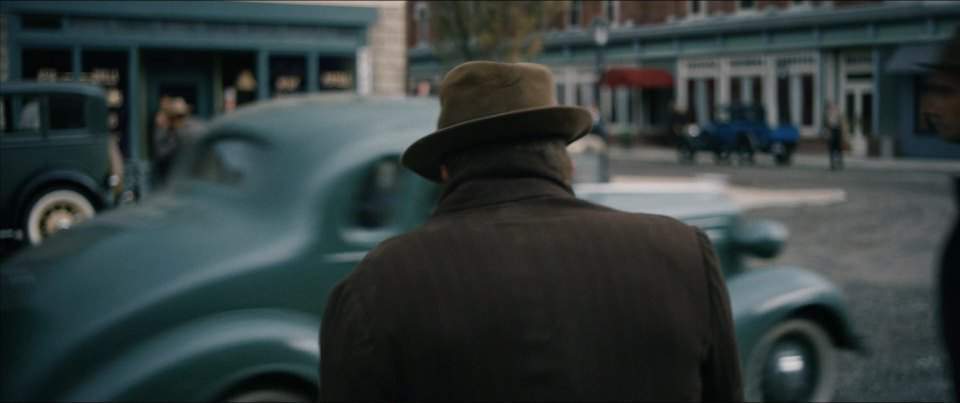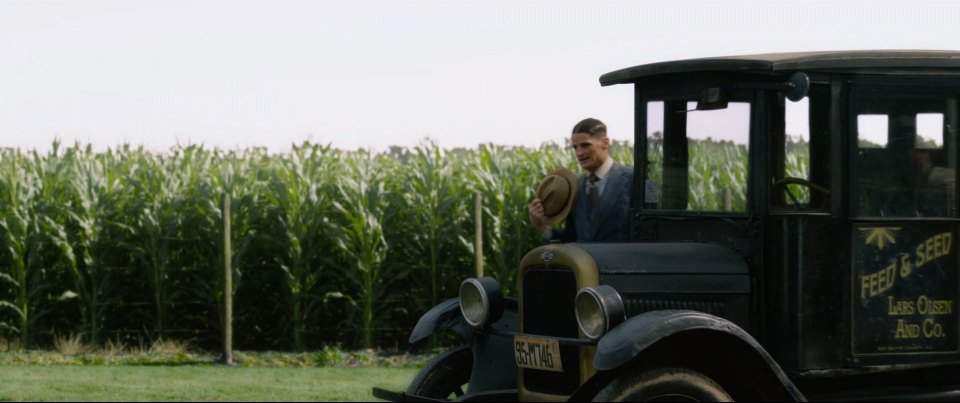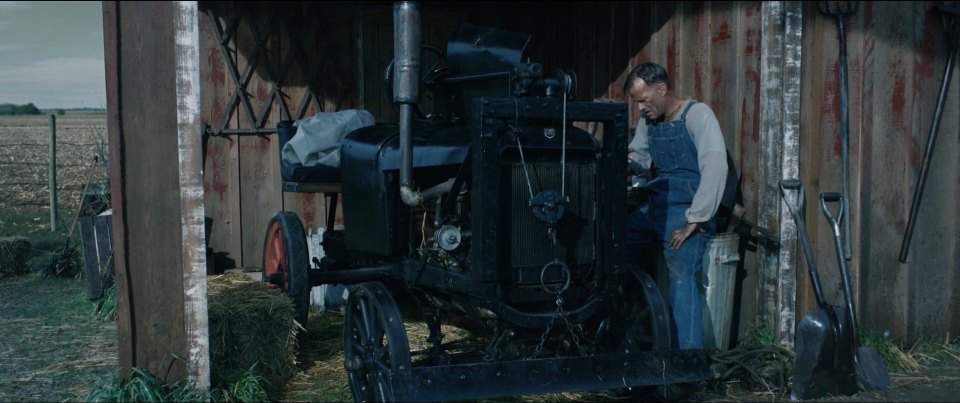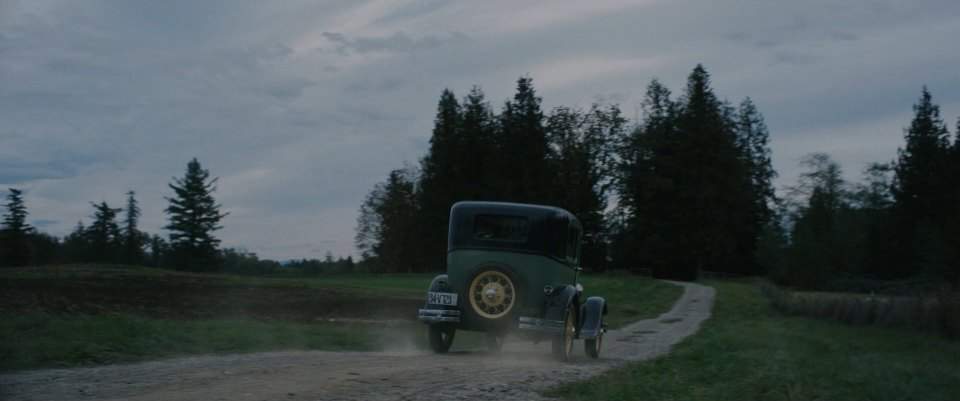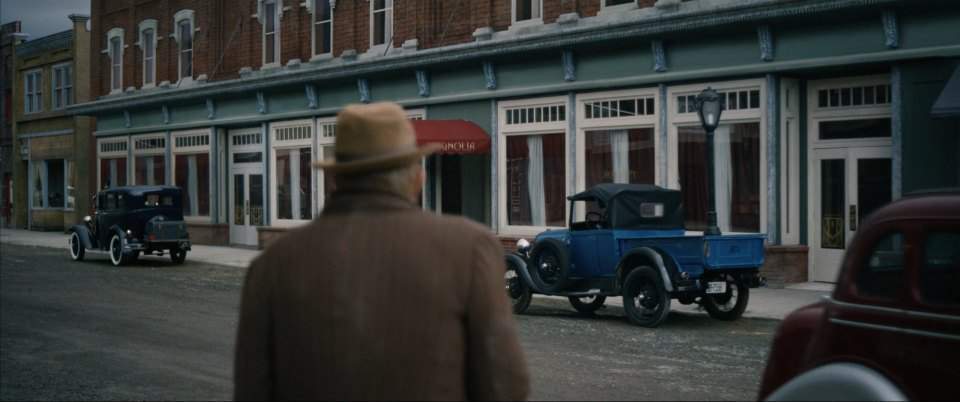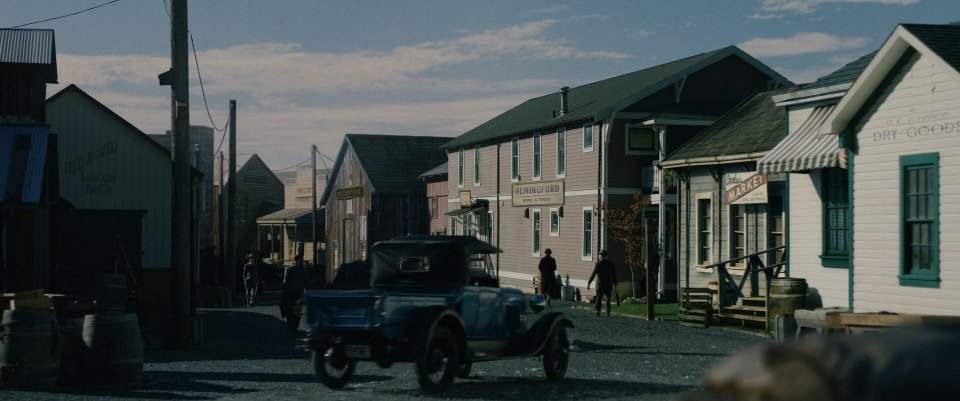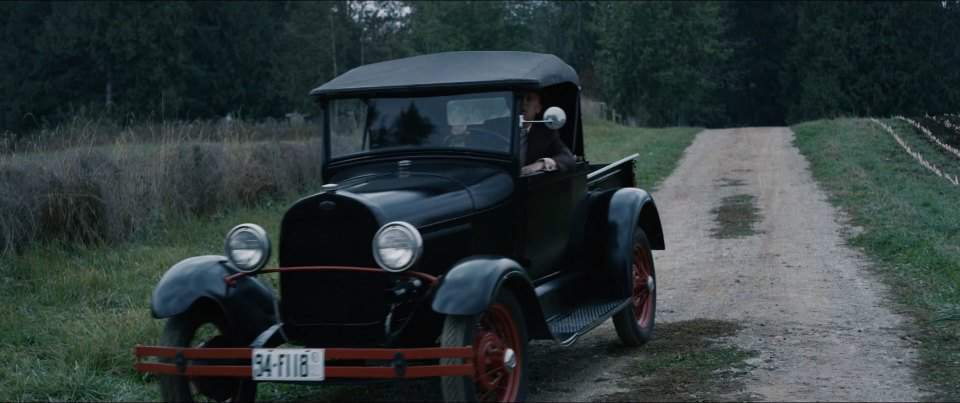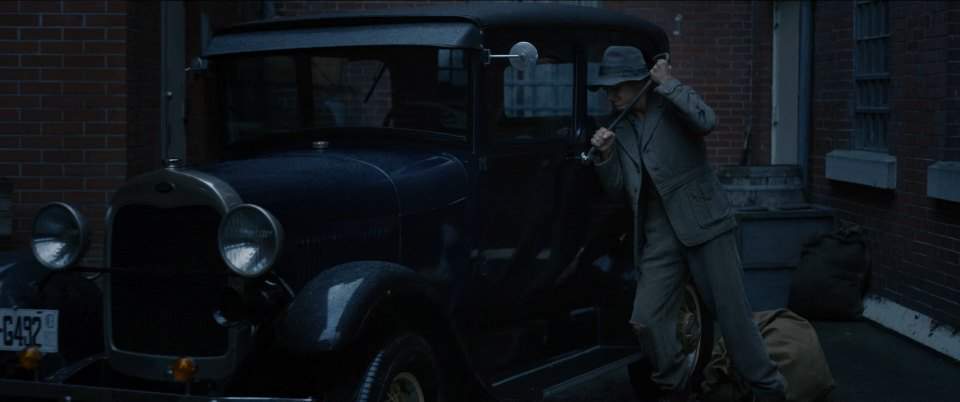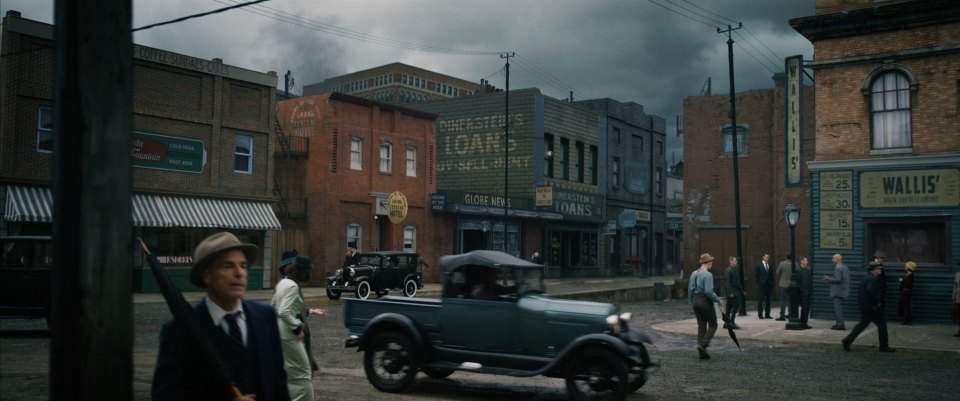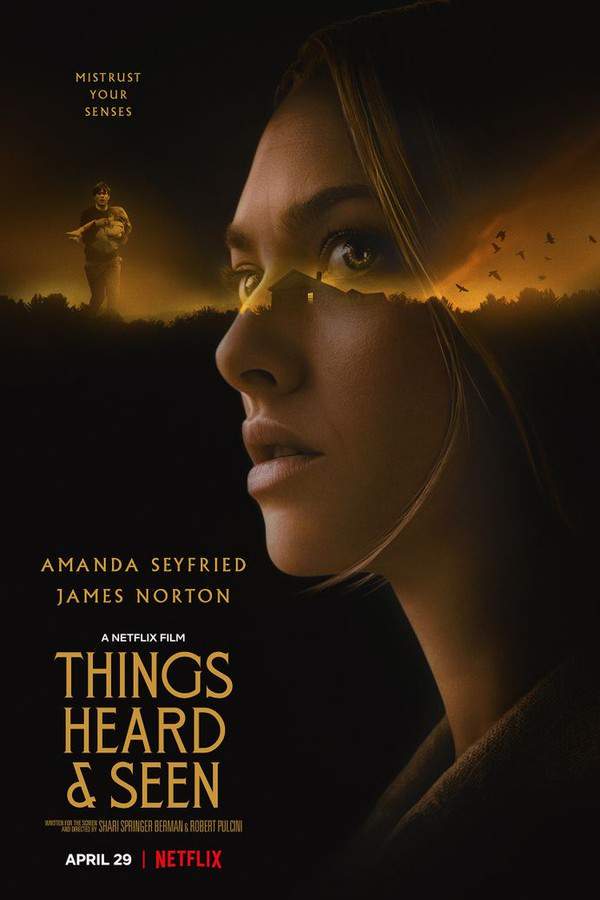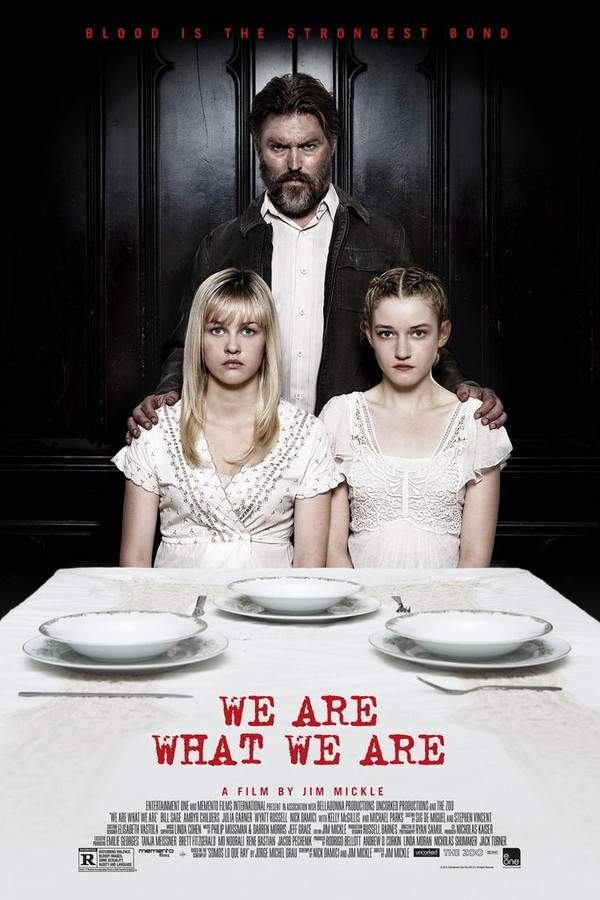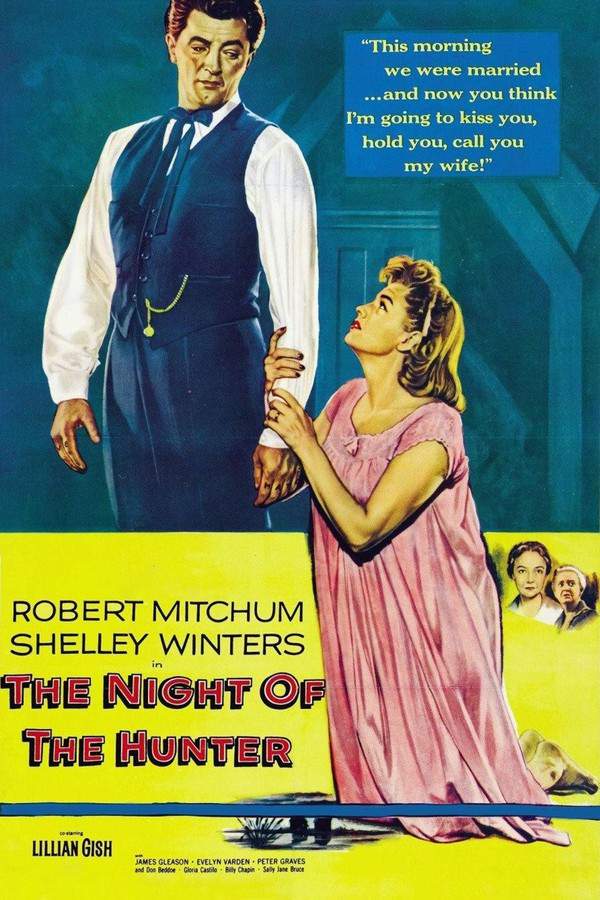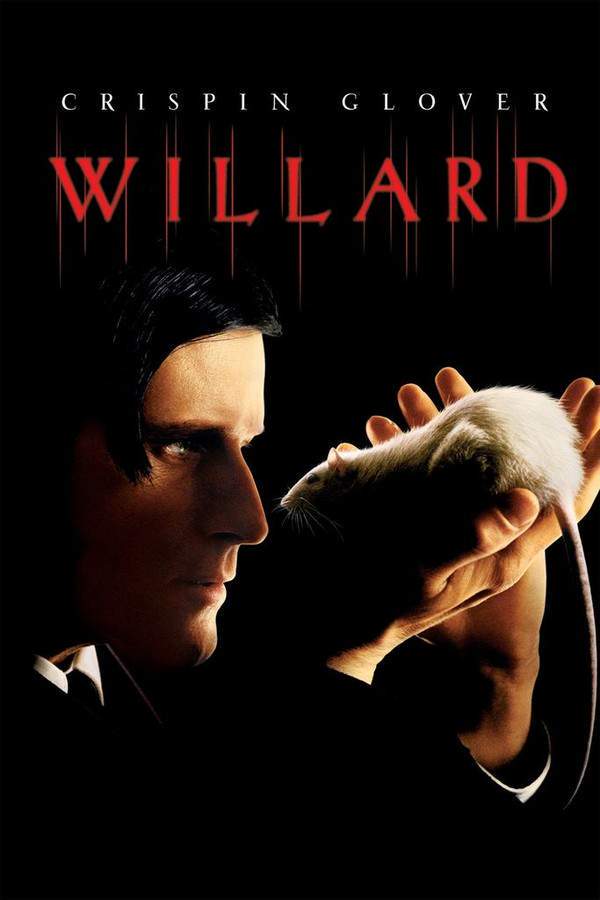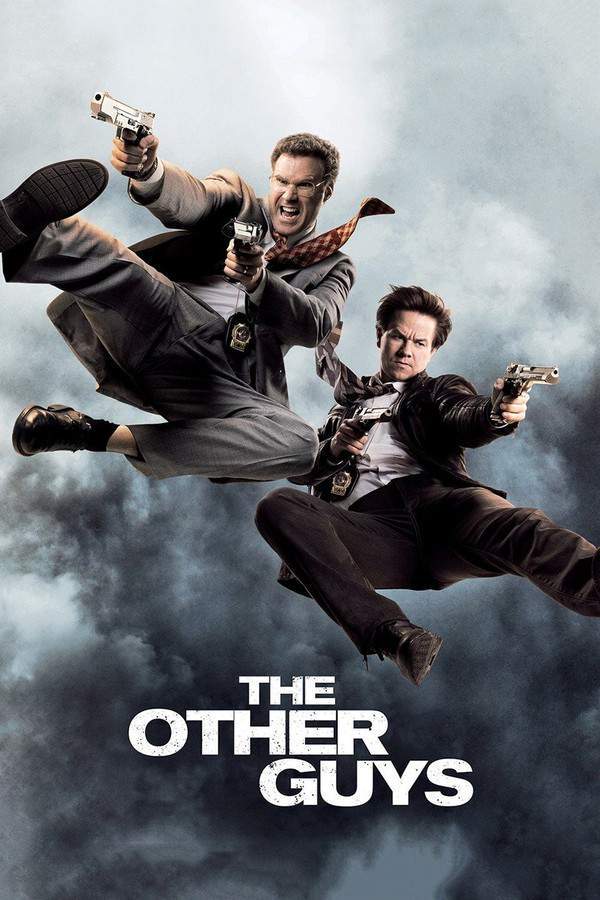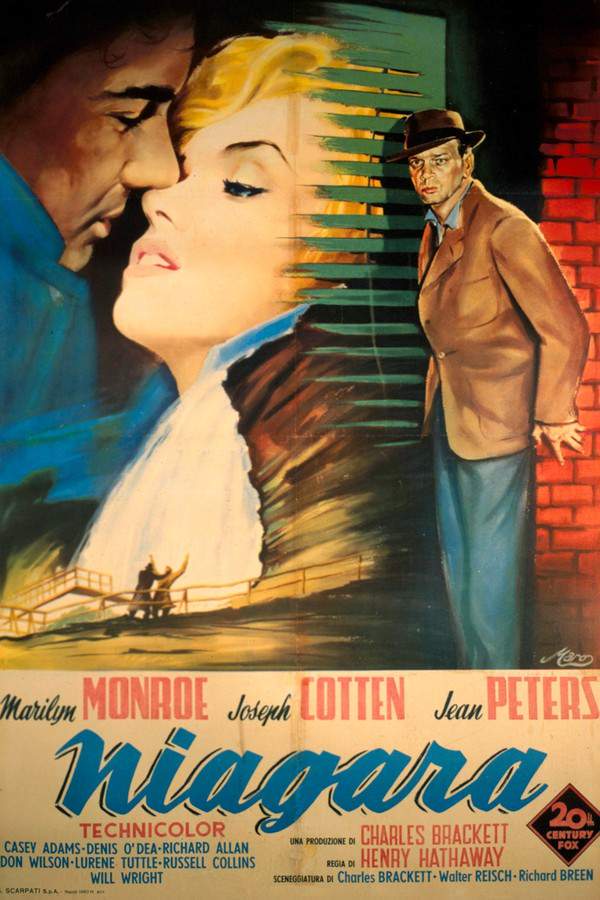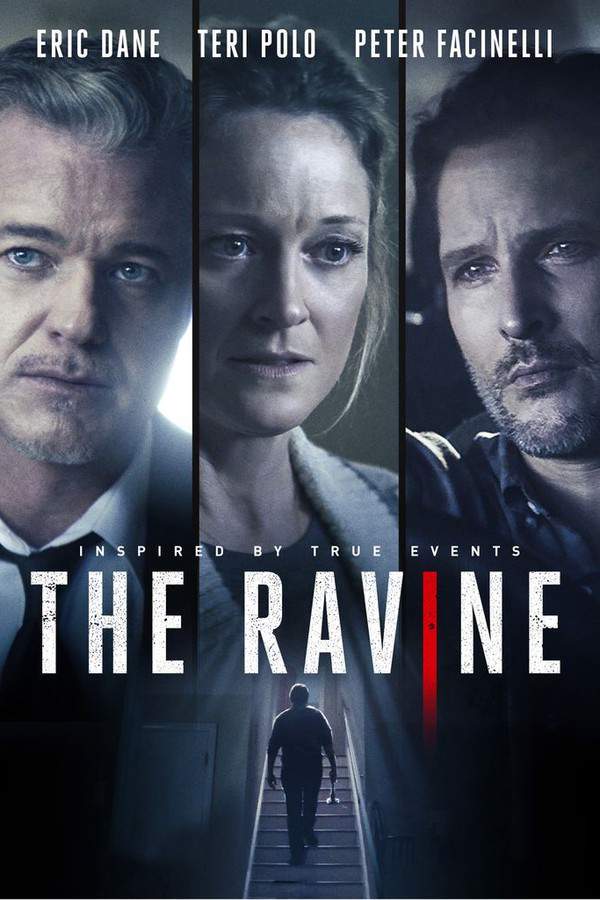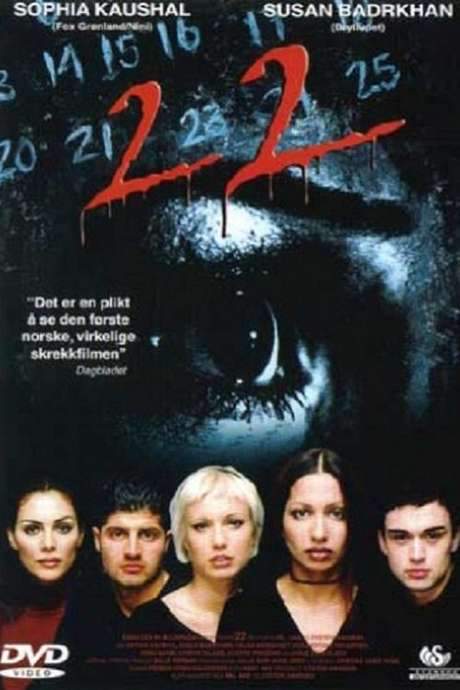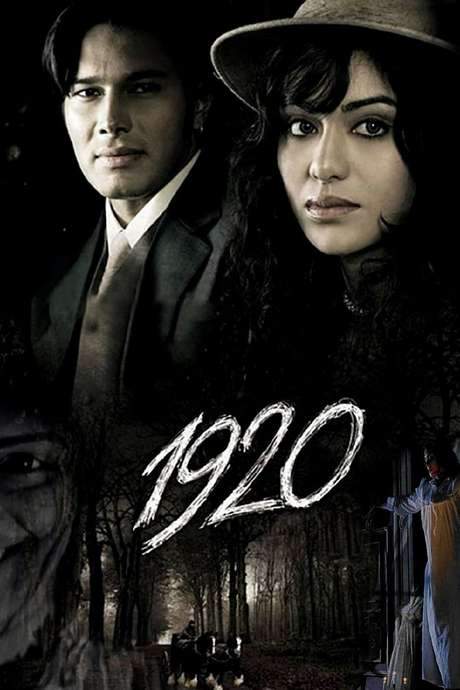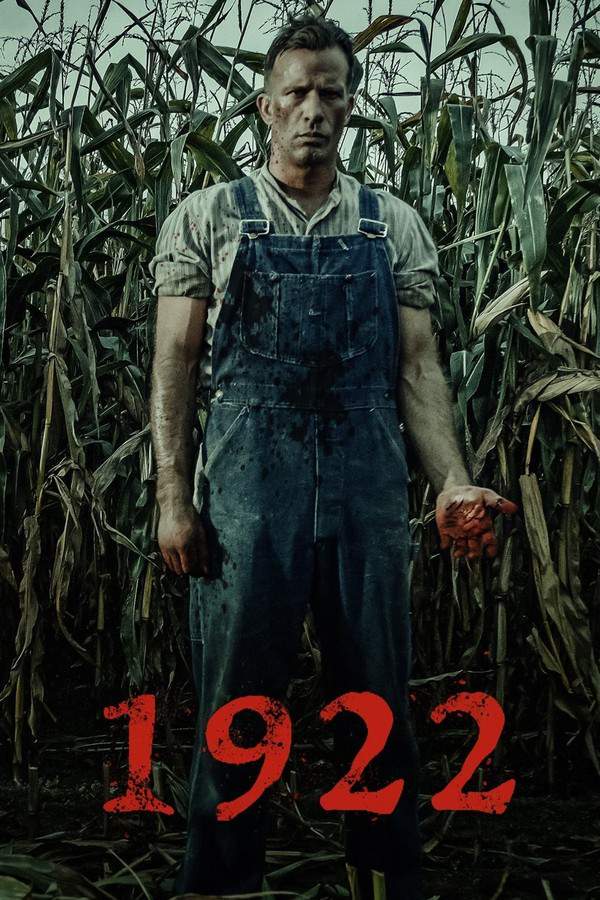
In 1922 Nebraska, Wilfred James recounts the disturbing events leading to the murder of his wife, Arlette. Following the act, a palpable sense of dread descends upon the family and their surroundings. Wilfred and his son are then haunted by what they believe to be the vengeful spirit of Arlette, though it’s increasingly unclear whether the threat is supernatural or a manifestation of their own guilt and paranoia. The unsettling atmosphere and blurring lines between reality and delusion create a chilling exploration of domestic horror.
Does 1922 have end credit scenes?
No!
1922 does not have end credit scenes. You can leave when the credits roll.
Meet the Full Cast and Actors of 1922
Explore the complete cast of 1922, including both lead and supporting actors. Learn who plays each character, discover their past roles and achievements, and find out what makes this ensemble cast stand out in the world of film and television.

Brian d'Arcy James
Sheriff Jones

Molly Parker
Arlette James

Graeme Duffy
Good Samaritan

Kaitlyn Bernard
Shannon Cotterie

Eric Keenleyside
Lars

Thomas Jane
Wilfred James

Patrick Keating
Mr. Stoppenhauser

Neal McDonough
Harlan Cotterie

Anna Louise Sargeant

Bob Frazer
Andrew Lester

Bruce Blain
Unarmed Guard

Danielle Klaudt
Female Teller

Dylan Schmid
Henry James

Nikolai Witschl

Roan Curtis

Spencer Brown
Train Employee

Tanya Champoux
Sallie Cotterie
External Links and Streaming Options
Discover where to watch 1922 online, including streaming platforms, rental options, and official sources. Compare reviews, ratings, and in-depth movie information across sites like IMDb, TMDb, Wikipedia or Rotten Tomatoes.
Ratings and Reviews for 1922
See how 1922 is rated across major platforms like IMDb, Metacritic, and TMDb. Compare audience scores and critic reviews to understand where 1922 stands among top-rated movies in its genre.

The Movie Echo Score
1922 demonstrates a measured commitment to visual craft and performance but is undermined by uneven pacing and a lack of enduring engagement. Viewers and critics alike note the film’s consistently strong cinematography, careful production design, and atmospheric sound design that effectively convey its period milieu. Performances, especially by the central cast, earn praise for their conviction and emotional weight. However, the narrative’s slow-burning structure and limited originality limit its rewatch appeal. Overall, the film registers as a competent adaptation that struggles to maintain momentum or lasting impact.
The Movie Echo Score Breakdown for 1922

Art & Craft
In terms of art and craft, the film excels with its detailed period production and polished visual composition. Reviews highlight consistently strong cinematography, meticulous set dressing, and impressive practical effects that anchor the story in its 1920s setting. Although editing and pacing occasionally feel deliberate, the overall design and framing effectively support the narrative. The net impression is a visually striking presentation.

Character & Emotion
When it comes to character and emotion, the film delivers compelling performances and credible emotional arcs. Critics and audiences cite strong lead portrayals that capture psychological decline with conviction. Supporting players contribute depth to familial dynamics, and the depiction of guilt and obsession resonates through measured acting choices. Overall, the character work grounds the narrative in human stakes and delivers a persuasive emotional core.

Story & Flow
In terms of story and flow, the film presents a coherent but uneven narrative that unfolds at a measured pace. While the plot maintains thematic consistency and builds tension through gradual developments, multiple reviewers note sluggish pacing and limited originality in its supernatural thriller structure. Engagement peaks during key dramatic moments but overall pacing moderates the impact. The net sense is a serviceable yet underwhelming storyline.

Sensory Experience
In terms of sensory experience, the film offers a richly atmospheric soundscape and cohesive visual style. Audiences praise the atmospheric score, effective sound design, and immersive practical effects that reinforce its period authenticity. Combined with disciplined color palettes and restrained visual motifs, these elements generate a consistent mood. The net effect is a sensory presentation that heightens tension and supports the film’s haunting tone.

Rewatch Factor
When it comes to rewatch factor, the film offers limited incentive for repeated viewings. While strong performances and visual atmosphere remain appreciable, the slow-burning pace and modest narrative variation reduce its long-term appeal. Reviewers and viewers report that initial tension subsides on subsequent watches, and the story’s familiarity diminishes its replay value. The overall impression is of modest lasting engagement.

70
Metascore
6.7
User Score


92%
TOMATOMETER

58%
User Score

6.2 /10
IMDb Rating

59
%
User Score

2.8
From 147 fan ratings

2.00/5
From 6 fan ratings
Take the Ultimate 1922 Movie Quiz
Challenge your knowledge of 1922 with this fun and interactive movie quiz. Test yourself on key plot points, iconic characters, hidden details, and memorable moments to see how well you really know the film.
1922 Quiz: The Haunting of a Farmer's Conscience: Test your knowledge of the psychological horror film '1922' and its intricate themes of guilt, family, and the supernatural.
Who plays the role of Wilfred 'Wilf' James in the film?
Thomas Jane
Molly Parker
Dylan Schmid
Brian d'Arcy James
Show hint
Full Plot Summary and Ending Explained for 1922
Read the complete plot summary of 1922, including all major events, twists, and the full ending explained in detail. Explore key characters, themes, hidden meanings, and everything you need to understand the story from beginning to end.
In 1922, Wilfred “Wilf” James (Thomas Jane) is a farmer residing in Hemingford Home, Nebraska, alongside his wife, Arlette (Molly Parker), and their teenage son, Henry (Dylan Schmid). The couple is embroiled in a heated disagreement over Arlette’s inherited land; while Arlette is keen to sell and relocate to Omaha, Wilf, valuing his pride above all, vehemently opposes this plan. Driven by desperation to maintain both his land and his bond with Henry, Wilf concocts a sinister plot to murder Arlette, manipulating his son by threatening the relationship with Henry’s girlfriend, Shannon (Kaitlyn Bernard).
Feigning support for the sale, Wilf lures Arlette into a false sense of security, leading to a night of celebration where she drinks excessively. After tucking her into bed, the horrific act unfolds as Henry, under his father’s influence, assists in covering her face while Wilf brutally slits her throat with a butcher’s knife. The plan to bury her in the cornfield turns disastrous when Henry succumbs to panic, resulting in Wilf disposing of Arlette’s remains in a dry well, destined to be feasted upon by rats. To cover their tracks, they drop a cow into the well, presenting it as the cause for its backfilling. However, suspicion looms as Sheriff Jones (Brian d’Arcy James) probes further into Arlette’s abrupt vanishing, leading to a tense but ultimately unfruitful investigation.
As time progresses, guilt gnaws at Henry, turning him into a pensive shadow of his former self. Shannon discovers she is pregnant, prompting her parents to send her away to a Catholic institution in Omaha. Driven by a sense of urgency and love, Henry steals Wilf’s car and escapes with Shannon to forge a life together.
However, winter brings a new torment for Wilf, who slowly descends into madness, unable to escape the rats that metaphorically represent his guilt and haunting memories of Arlette. His home falls apart, reflecting his mental state, as he drowns his sorrows in alcohol. His neglect results in collapse—both of the structures around him and within his psyche. An unfortunate rat bite leads to an infection requiring amputation, marking a physical manifestation of his deteriorating existence.
In a climactic confrontation, Wilf is haunted by the ghostly figure of Arlette, surrounded by the ravenous rats. Through her chilling presence, he learns of the fate that befell Henry and Shannon; as they embark on a life of crime, their story echoes the infamous duo, Bonnie and Clyde. Tragedy strikes during a robbery, ending Shannon’s life in a violent confrontation. Following her death, consumed by grief and despair, Henry takes his own life, leaving his body in a wretched state, much like his mother after being ravaged by rats.
Wilf’s attempts to salvage his legacy lead to rejection from Shannon’s father, Harlan Cotterie (Neal McDonough), who drives him away, further isolating him. Eight years later, in 1930, Wilf pens a confession that chillingly states, > “In the end, we all get caught.” Surrounded by the remnants of his past—Arlette, Henry, and Shannon—he faces his ultimate reckoning, wielding the very knife that severed his family ties, as the swarms of rats close in, an unending reminder of his transgressions.
Uncover the Details: Timeline, Characters, Themes, and Beyond!

Coming soon on iOS and Android
The Plot Explained Mobile App
From blockbusters to hidden gems — dive into movie stories anytime, anywhere. Save your favorites, discover plots faster, and never miss a twist again.
Sign up to be the first to know when we launch. Your email stays private — always.
Watch Trailers, Clips & Behind-the-Scenes for 1922
Watch official trailers, exclusive clips, cast interviews, and behind-the-scenes footage from 1922. Dive deeper into the making of the film, its standout moments, and key production insights.
Cars Featured in 1922
Explore all cars featured in 1922, including their makes, models, scenes they appear in, and their significance to the plot. A must-read for car enthusiasts and movie buffs alike.
1922 Themes and Keywords
Discover the central themes, ideas, and keywords that define the movie’s story, tone, and message. Analyze the film’s deeper meanings, genre influences, and recurring concepts.
1922 Other Names and Titles
Explore the various alternative titles, translations, and other names used for 1922 across different regions and languages. Understand how the film is marketed and recognized worldwide.
Similar Movies To 1922 You Should Know About
Browse a curated list of movies similar in genre, tone, characters, or story structure. Discover new titles like the one you're watching, perfect for fans of related plots, vibes, or cinematic styles.
Quick Links: Summary, Cast, Ratings, More

What's After the Movie?
Not sure whether to stay after the credits? Find out!
Explore Our Movie Platform
New Movie Releases (2026)
Famous Movie Actors
Top Film Production Studios
Movie Plot Summaries & Endings
Major Movie Awards & Winners
Best Concert Films & Music Documentaries
Movie Collections and Curated Lists
© 2026 What's After the Movie. All rights reserved.














